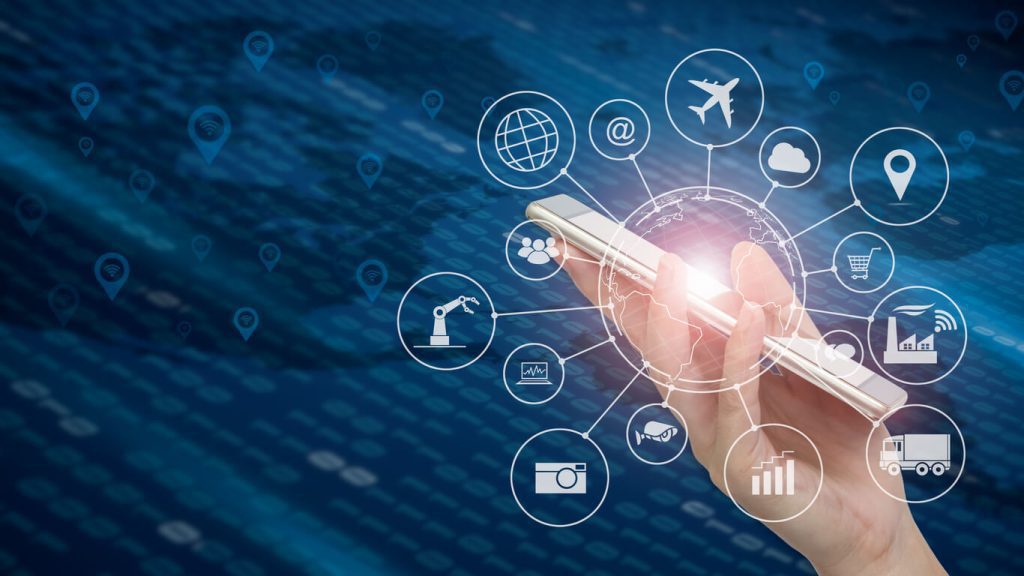Automated Travel System (ATS) is software intended and designed to automate processes and tasks within the travel industry. Travel agents, tourism agencies, and tour operators typically use these systems. These systems can help with travel bookings and management and can include features such as expense management, mobile apps, and online booking portals.
Automated travel systems are divided into two types: rule-based automation and Cognitive Automation. Rule-based automation is based on predefined rules that control the system’s behavior. The rules are based on conditions, actions, and outcomes set in development. Cognitive automation learns and adapts, enabling it to make decisions that require critical thinking.
What are the advantages and benefits of Automated Travel Systems?

Increased efficiency
One major element of automated travel systems is that agents can book activities, flights and hotels in a single process. This increases the efficiency of these organizations as they can simplify the procedures and reduce time spent on administrative details. This can include simplifying the processes of creating packages and accepting online payments.
Improved accuracy
These systems improve the accuracy of the processes they are applied to and reduce errors. They remove the mistakes that occur during manual booking, reducing the risk of significant errors.
Access to real-time data
These systems will record the information gathered during the booking process, making analyzing results and figures such as spending patterns easier. It will also allow the agents and operators to see real-time information about flights and hotel availability, making decisions quicker.
Customization
Automated travel systems can allow operators and agents to customize itineraries to meet the client’s specific desires and preferences; this customization helps improve customer satisfaction.
Cost saving
Reducing the need for manual labor and the use of man-hours will lessen the cost of the behind-the-scenes work, therefore reducing the price of the travel packages for the customers. The saved costs can be applied as lower prices, discounts and special offers making the client feel they are getting something special and improving brand reputations.
Better customer service
Elements such as cost savings and real-life data will improve the customer experience and result in more positive experiences. Due to the time saved, these systems enable extensive communication with customers and suppliers.
What is the Future of Automated Travel Systems?

Technology is a consistently changing and developing concept; this will drive how trends are adapted to the travel industry. Existing systems will be developed and designed for mobiles and tablets, increasing the number of ways consumers can use automated travel systems. The focus will be integrating multiple platforms and devices to enable customers to plan and book trips on different devices, such as mobiles or laptops, which are becoming increasingly more popular. Cross-platform integration allows people to access what they need, making booking trips more accessible and inclusive. Increasing the personalization of automated travel systems in the future will ensure the travel industry is meeting customer expectations. Most industries contain some form of personalization and customers will expect this from the travel industry. This will result in increased data collection to provide consumers easy access to their preferences. Furthermore, new financial technology, such as buy now, pay later (BNPL) and frictionless payments, will be integrated and introduced. These new systems will help people with varying budgets prioritize travel.



